Bra Making: Stretch Satin Tutorial
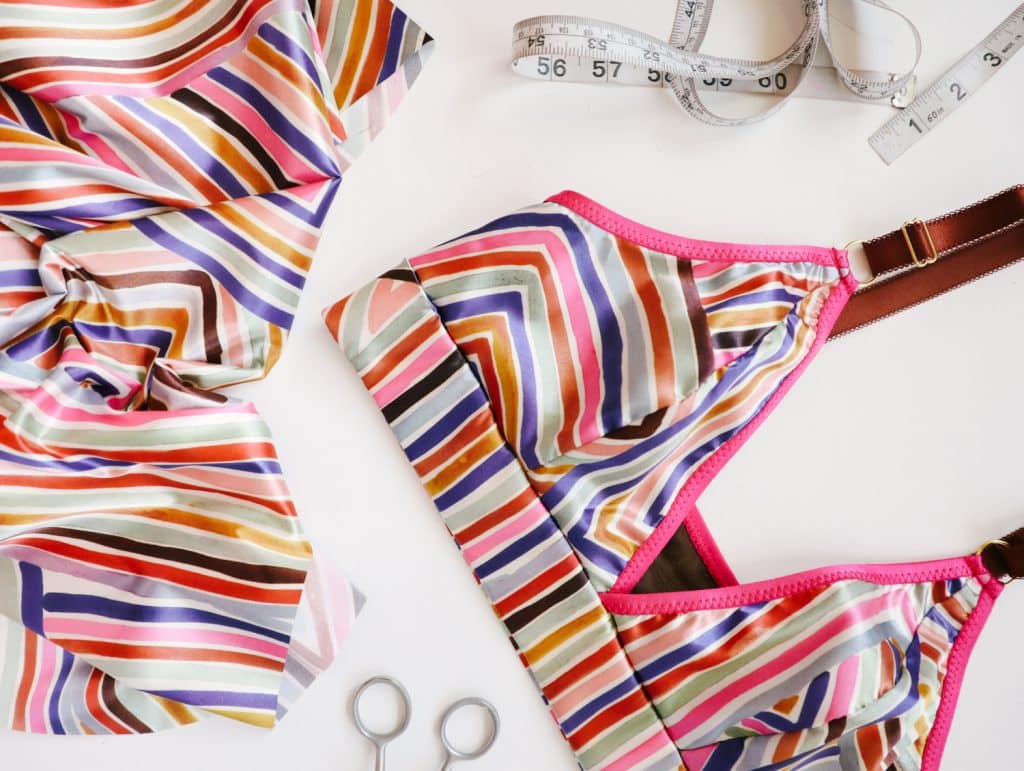

For me, satin is one of those fabrics worth the splurge and effort. The shiny surface, the smooth as butter feeling and the luxurious look warrants the careful cutting, precise sewing and sometimes, heftier price tag. It’s use goes beyond just bra making. It is used for “normal” clothing, bridal wear as well as accessories. It isn’t the easiest fabric to work with, and takes time to get used to, especially if you normally sew lace, lycra or stretch mesh, which we do a lot of in the studio. In today’s post, I give more information about stretch satin (is it different than silk?) and tips for working with it!
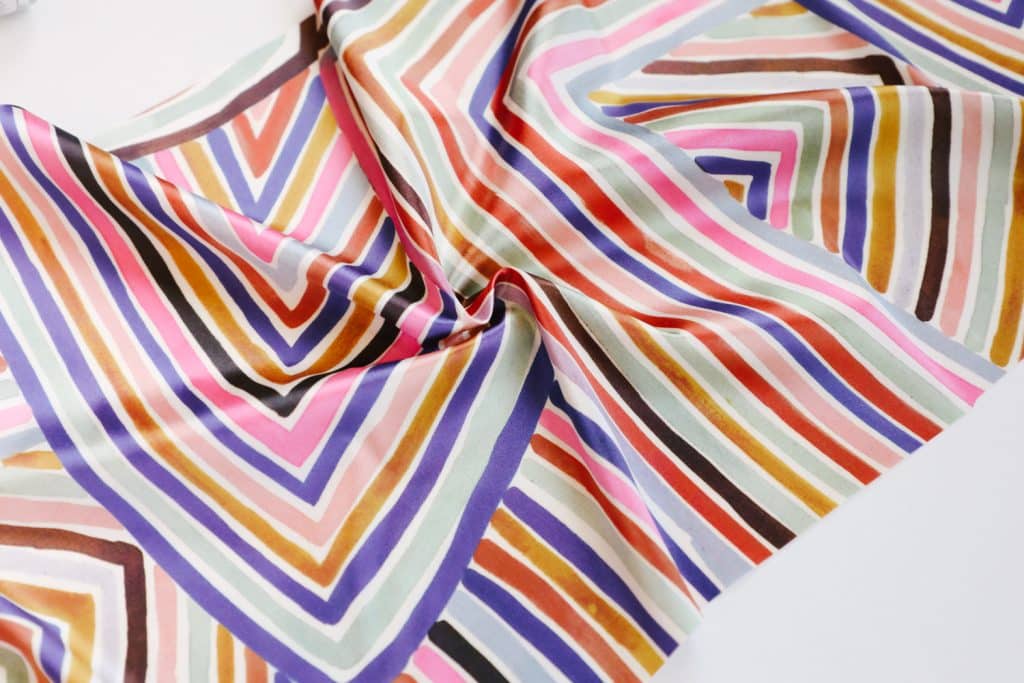

WHAT IS SATIN? Is it the same as silk? I admit that I thought the two were the same since they feel similar. They are both shiny, right? The primary difference is that silk is a natural fabric and satin is a weaving technique. Silk is shiny from both sides but satin has a glossy surface and dull back. History lesson – silk is the oldest fabric invented 12,000 years ago but satin was found in middle age. Silk is a stronger fabric than satin. Silk can be hand washed but satin sometimes needs to be dry clean.
| Silk | Satin |
|---|---|
| Silk is a natural fabric | Satin is a weave |
| Shiny right and wrong side | Has a glossy right side and matte wrong side |
| Stronger than satin | Not as strong as silk |
| Invented 12,000 years ago | Invented in the Middle Ages |
| Made from silk worms | Made using filament fibers, such as silk, nylon, polyester, etc. |
| Doesn’t require dry cleaning | Sometimes requires dry cleaning |
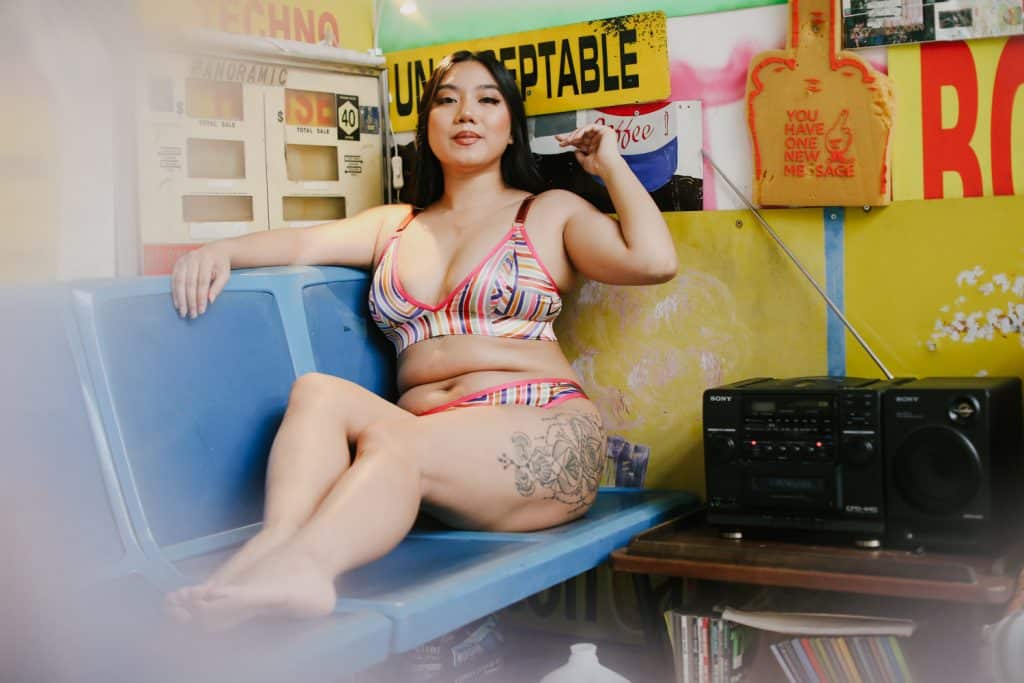

CUTTING: Like all my other bra making, I suggest using a rotary cutter. My prefered size is 28mm (shop Madalynne’s bra making list on Amazon!)
PATTERN ALTERATIONS: We cut the same size as we always did, but we had the DOGS going around the body for the bra cups. Since our stretch satin was a 2-way stretch, we used stretch mesh for the back band. We could have used stretch satin and put the DOGS going around the body, but we didn’t want our model/customers to feel restricted.
SEWING: Use a straight stitch if sewing against the DOGS. Recommended length is 2.5 mm. A smaller stitch, such as 1.5mm is too small and can make the seam pucker, and 3.5mm too large and will cause you to see the stitches when the seam is pulled.If in the direction of the stretch, use a 2.5mm straight stitch, but stretch the fabric slightly from the front and back. You can always a zig-zag stitch I recommend keeping the length and width the same (2mm by 2mm) and between 1.5mm and 3.0mm. Shorter than 1.5mm and the seam will be wavy, and longer than 3mm, you will be able to see the stitches. The reason you would use a zig zag over a straight stitch is if you wanted your seam to stretch slightly.
NEEDLE + THREAD: We used the same needle and thread we always do – organ microtex needle (size 11 and 12) and Mara 120 thread, both from Wawak.com
Have you ever worked with stretch satin? What are your tips? What do you struggle with?




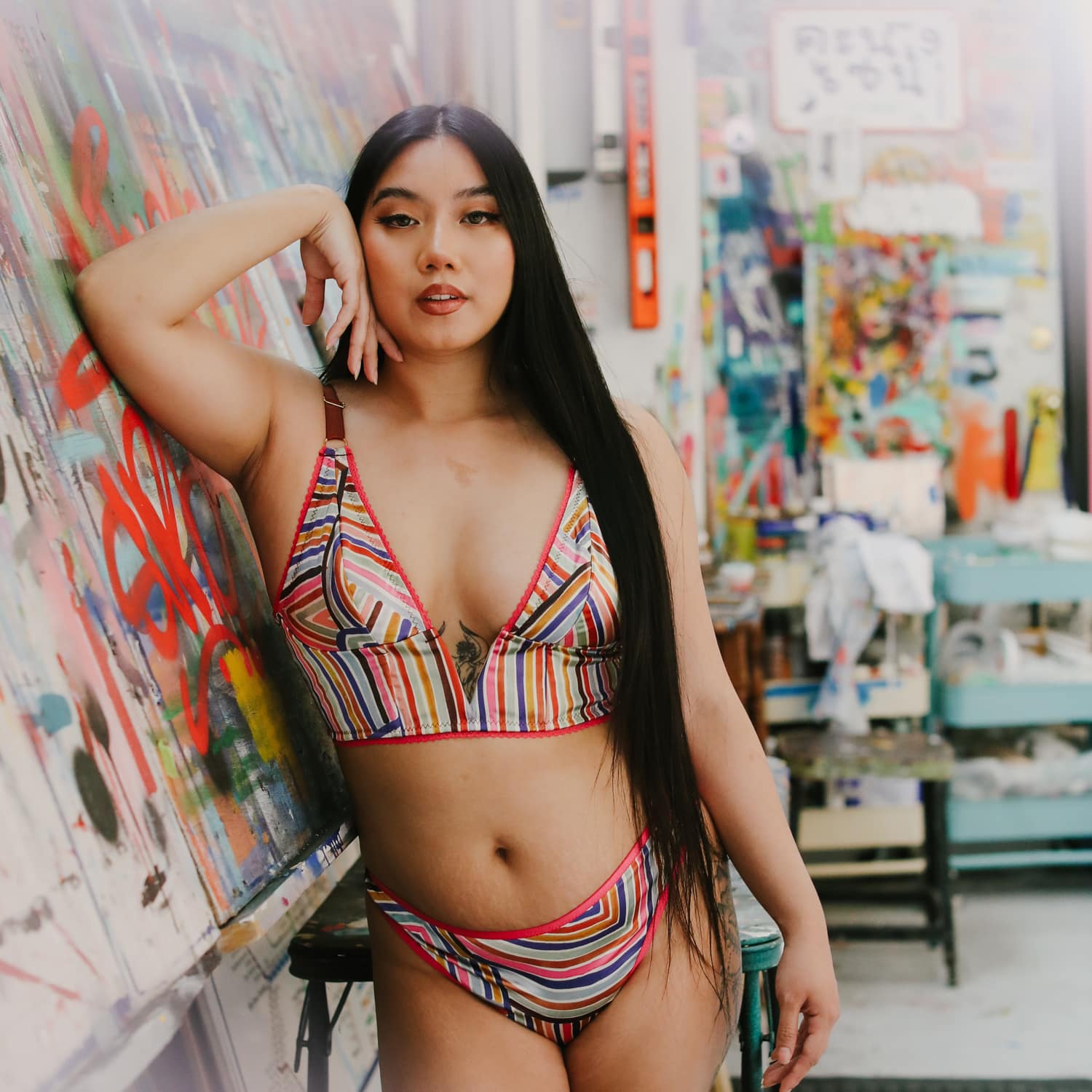

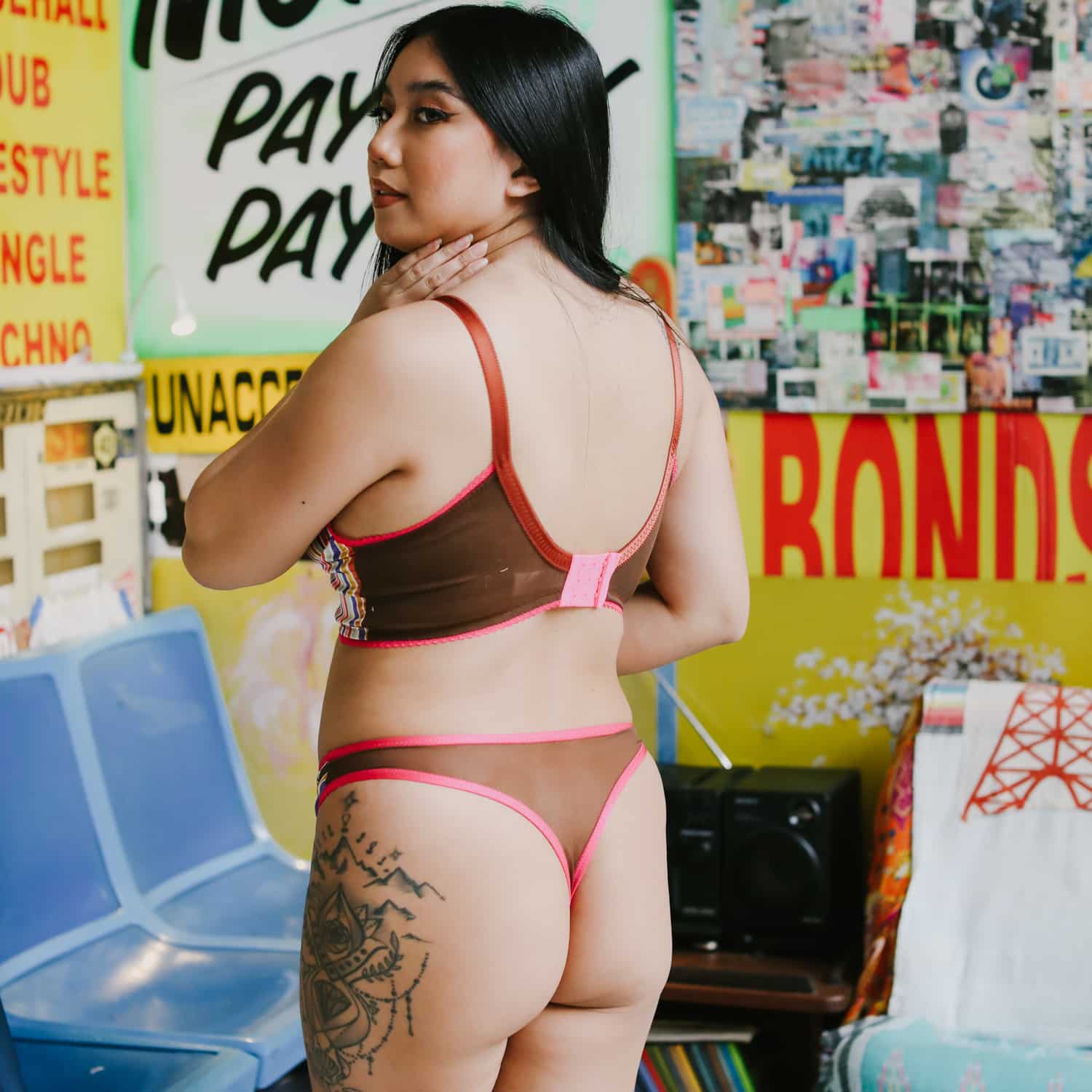

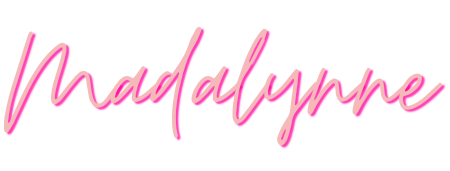

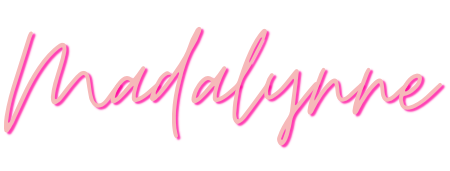
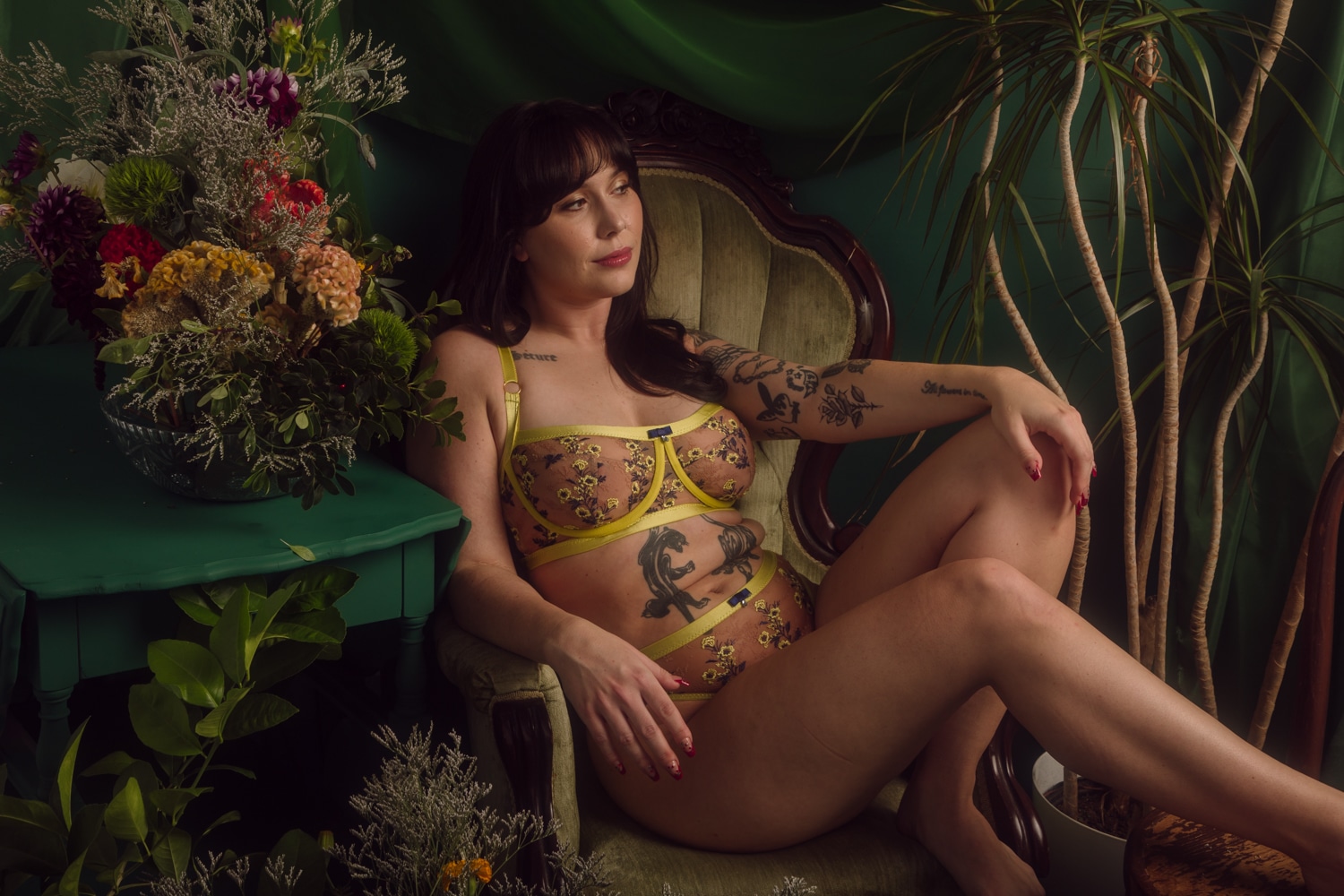
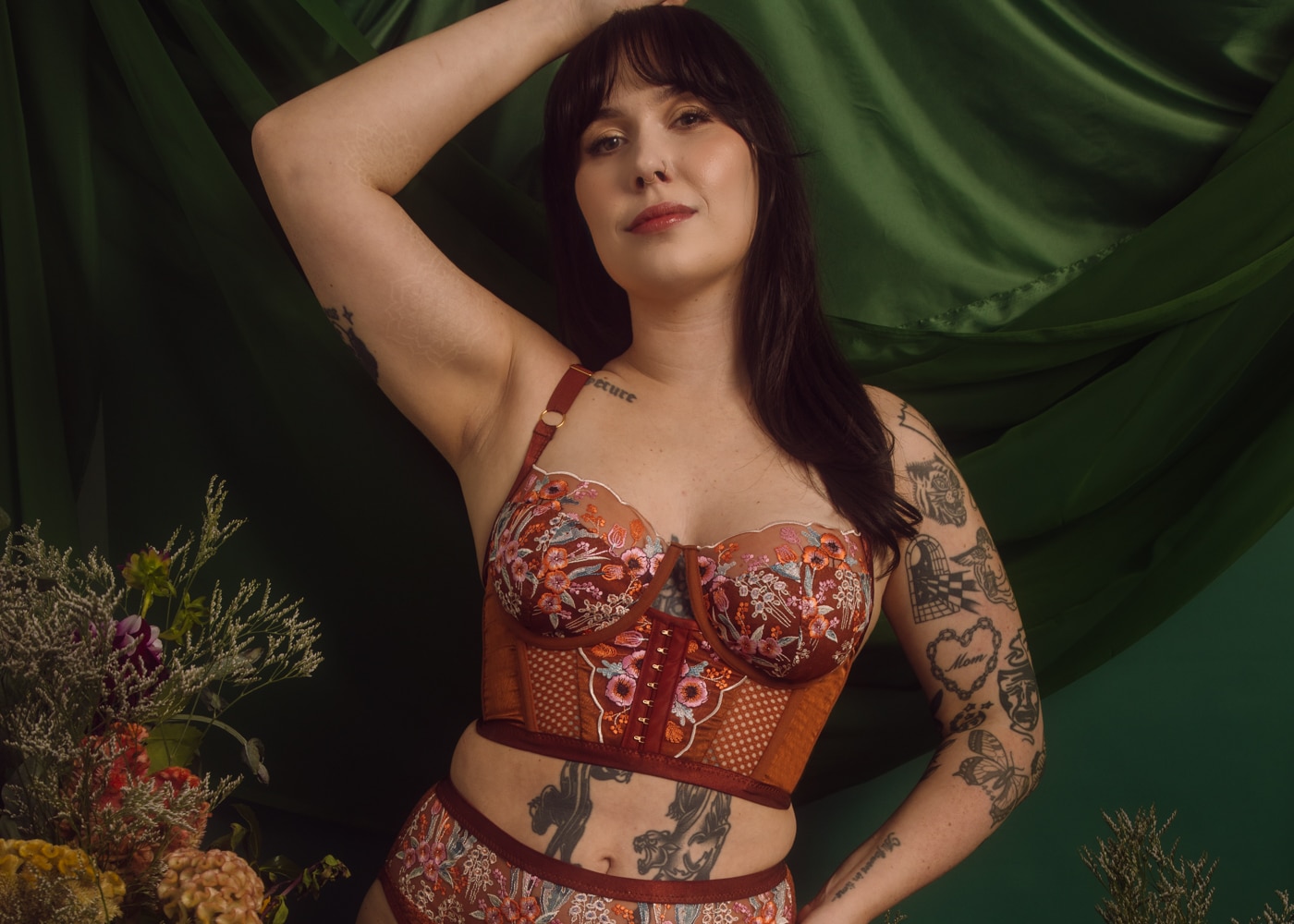
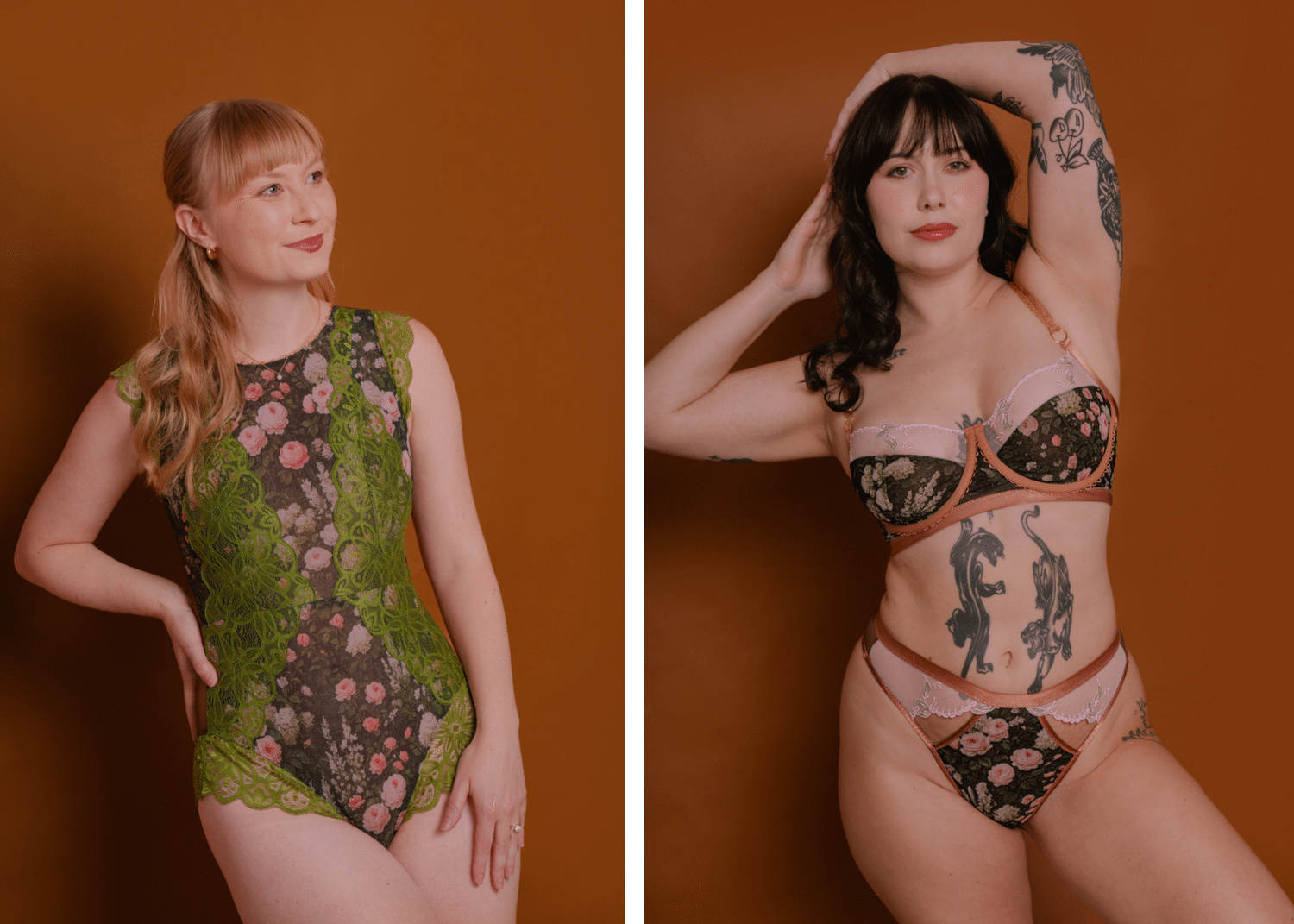

No Comments
Sorry, the comment form is closed at this time.